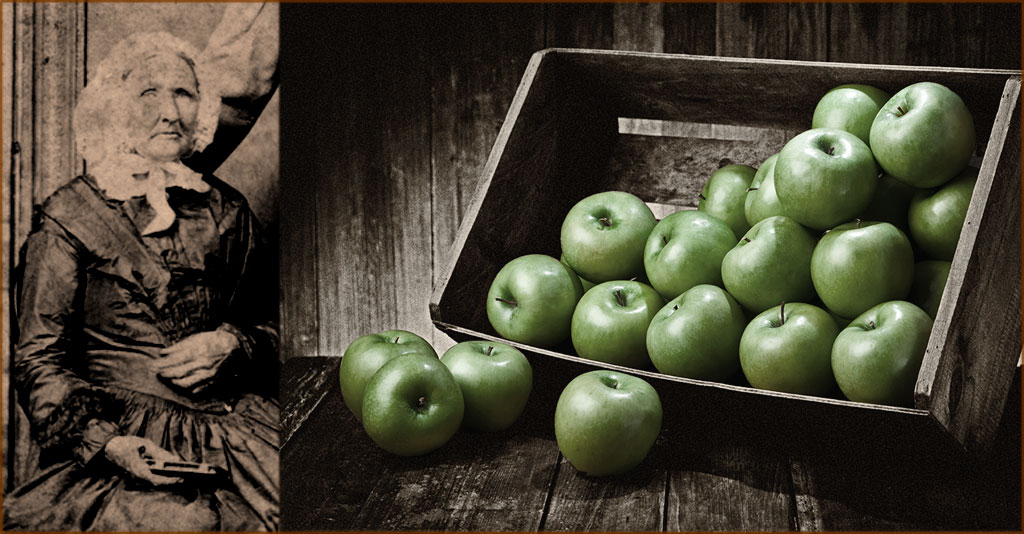Whenever I have been in overwhelming situations, it has always helped to write about them. My terminal illness, Interstitial Lung Disease with Rheumatoid Arthritis and the enormity of facing my mortality fit that category. So, I set to work in November 2019, with daily blogs posted on my website, heartwhisperings.com. Perhaps some would be interested in such a chronicle.
Hospice caregivers and helpers responded to my needs, minimal at the time; they still gave much to write about. There was no dearth of topics.
Months, then years hummed by and although weak, I was not dying nor discharged from hospice. Central to each day was the production of the blog, but the topics changed from issues related to death and dying to book reviews, significant scriptural passages, dreams, responses to poets, aspect of spirituality, stories from my past, global trauma, nature and its metaphors—whatever touched my imagination, with the accompanying words.
Challenging, at times, exhausting, the blogs filled what could’ve been empty time with significant learning for which I’m grateful.
With the worsening of my symptoms, however, I have decided to shut down the blogs and devote more time to resting and prayer and writing, if able, my dialogue with Precious God.
I’m heartened that some benefited from my blogs, still found on WordPress and Mail chimp and Facebook.





